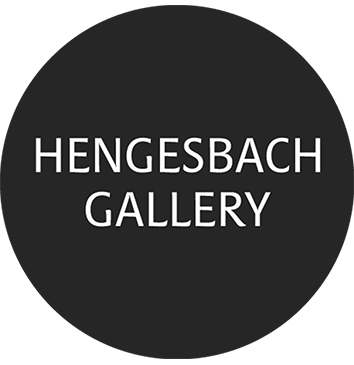Michael Reisch
19 January – 02 March 2013
The Düsseldorf-based artist Michael Reisch will be presenting his latest series 14/ at Hengesbach Gallery from January 19 to March 2, 2013. Reisch’s 14/ works use photography to simulate objecthood, yet they no longer depict any concrete object. There is no real-world referent behind the image. At the same time, the 14/ series mimics the medium of photography itself. Apart from the paper substrate, nothing about these works is genuinely photographic. Nevertheless, the viewer perceives them as photographic images.
Reisch’s 8/ series forms the basis of these new works and will be shown in excerpts as part of the group exhibition Z-LAND. The 8/ series also explores the dissolution of photographic authenticity, though it remains entirely abstract in form.
You are warmly invited to the opening of both exhibitions on January 18 at 6 PM.
14/002 recalls a fabric pulled taut in the lower right corner, casting sharp folds that gradually soften towards the upper left. Yet no concrete information—such as material, color, or scale—is revealed. 14/002 does not depict an actual object; the idea of fabric is suggested but remains visually absent. Understanding this effect requires knowing that the 14/ images are generated entirely by software. There are no programmed references to real-world objects like fabric. The sense of objecthood arises solely from our human tendency to seek connections with reality. In this way, Reisch creates a non-tangible, purely imagined objecthood.
This play between original and copy, imitation and imagination, has been a theme in Reisch’s previous series. 7/ and 10/ feature landscapes seemingly untouched by human presence—pristine in their appearance. Yet they seem too ideal to be real. Reisch digitally manipulates his photographic sources so thoroughly that we can no longer place ourselves in relation to them.
In the 8/ series, dissolution is the central subject. These abstract, digitally generated forms appear photographic when printed, yet are connected to photography only through their material base.
The current 14/ series forms a synthesis of imitated and imagined original. Each piece becomes a simulation of a photographic simulation. The works also contribute to a broader understanding of contemporary abstraction in visual art. They raise questions such as how the absence of real-world reference affects an image that simulates objecthood, or under what conditions a work receives its media designation.
The illusions offered by the 14/ series are by no means absolute. They resemble human imagination—containing digitally calculated ruptures and edges—just as every act of imagination hints at its own boundaries. Ultimately, these works invite us to explore our own understanding of mimesis within Reisch’s autonomous image spaces. Michael Reisch (*1964) lives and works in Düsseldorf.
Solo exhibitions in recent years include: 2012 Peter Lav Gallery, London (UK), 2011 Bischoff/Weiss, London (UK), 2010 Hengesbach Gallery, Berlin (D), 2008 Galerie Rolf Hengesbach, Cologne (D), Kunsthalle Erfurt (D), 2007 National Portrait Gallery, Edinburgh (UK), Städtische Galerie, Wolfsburg (D), Fotoforum West, Innsbruck (A), Landesgalerie Upper Austrian State Museum, Linz (A);
Group exhibitions in recent years include: 2012 POINTS OF VIEW, Kunstverein Hildesheim (D), UNBESTIMMTHEITSSTELLEN, Kunstraum Alexander Bürkle, Freiburg (D), 20 YEARS, Hengesbach Gallery, Berlin (D), 2011 SHIFTING REALITIES. DAN HOLDSWORTH–MICHAEL REISCH, Scheublein Fine Arts, Zurich (CH), 2010 REALISM – ADVENTURE OF REALITY, Kunsthalle Emden and Hypo-Kunsthalle, Munich (D) and Rotterdam (NL);
1986–91 Gerrit Rietveld Academie, Amsterdam, diploma in Photography and Sculpture (NL), 1991 Kunstakademie Düsseldorf, student of Prof. Bernd Becher, 2004 teaching assignment at the Academy of Fine Arts, Nuremberg, 2012 guest lectureship in Photography and Digital Media, Alanus University Bonn-Alfter.
Awards and scholarships include: 2007 scholarship from Kunstfonds Bonn, 2002 scholarship from the Foundation for Art and Culture of the State of North Rhine-Westphalia, 1990 scholarship from Fondation Cartier.
Installation Views
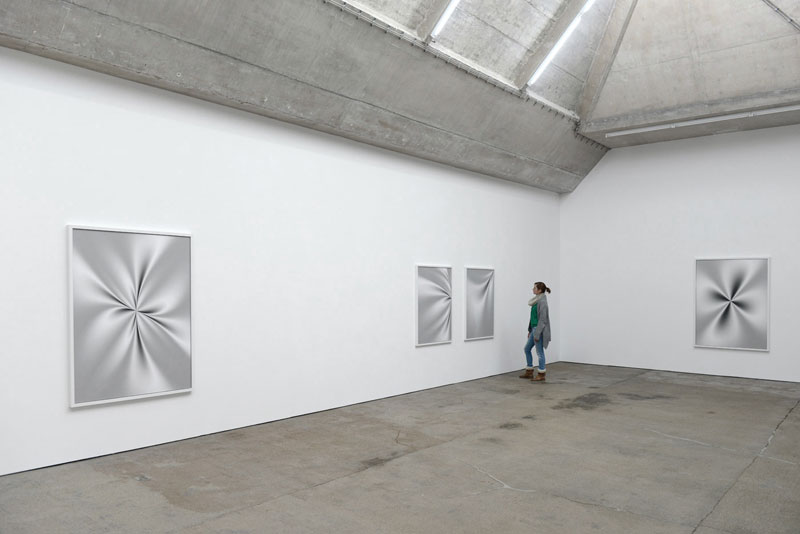
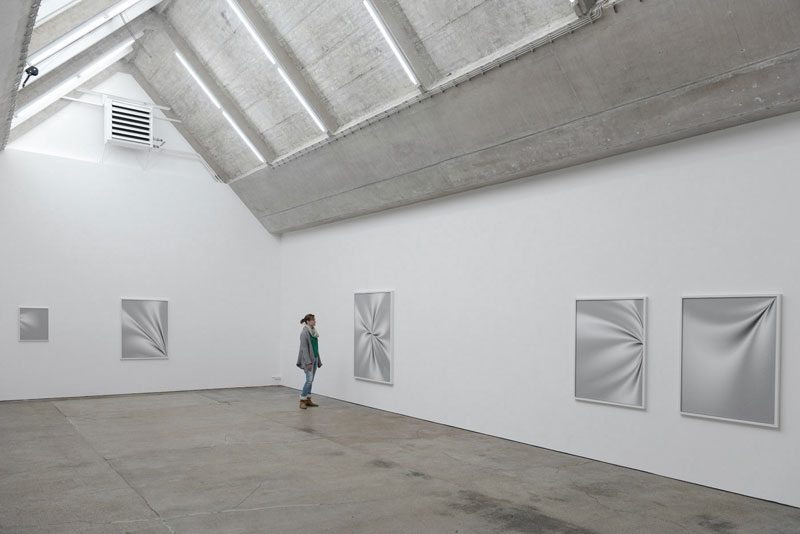


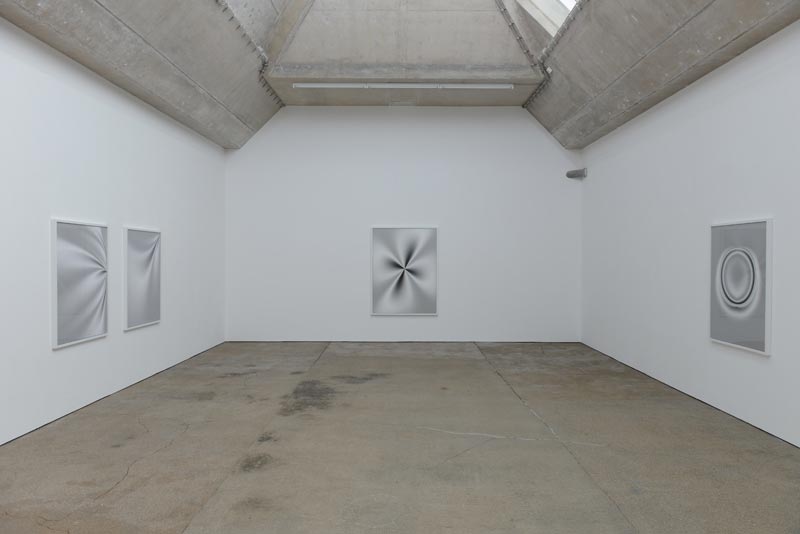
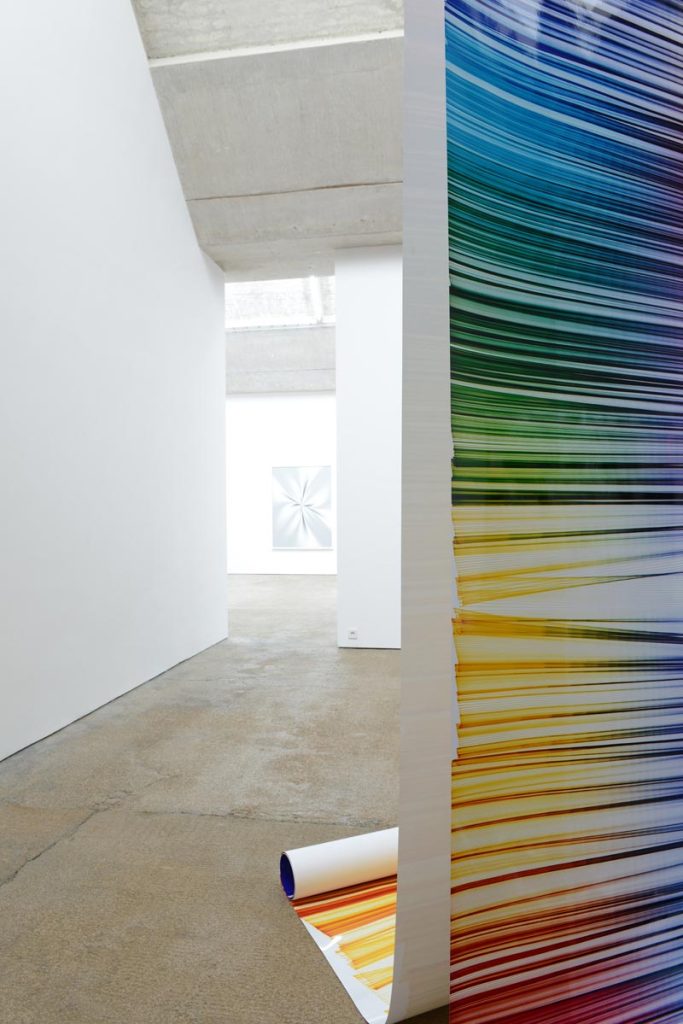
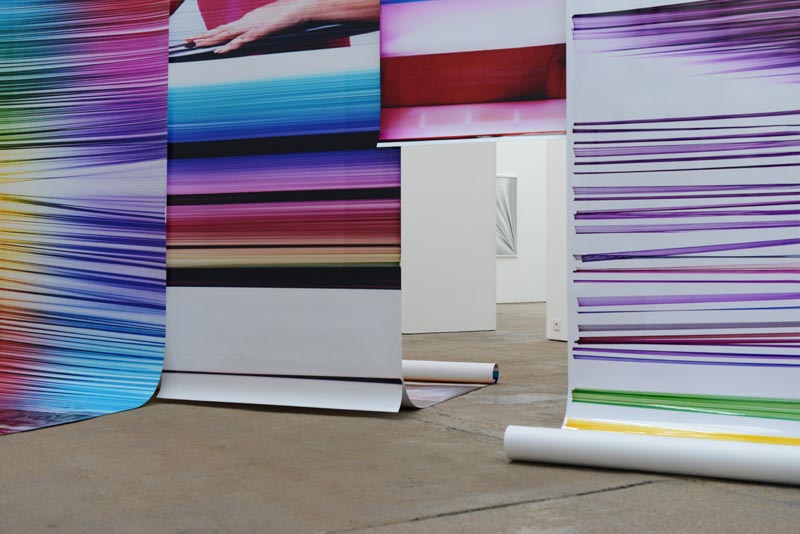
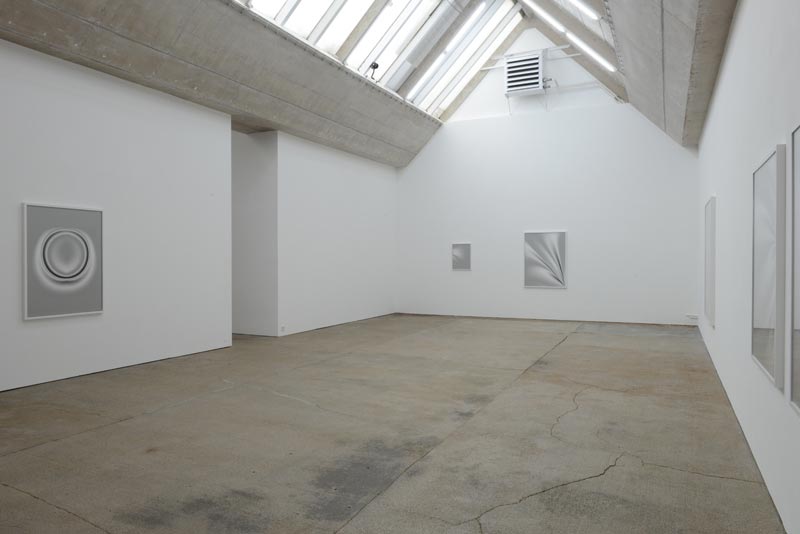
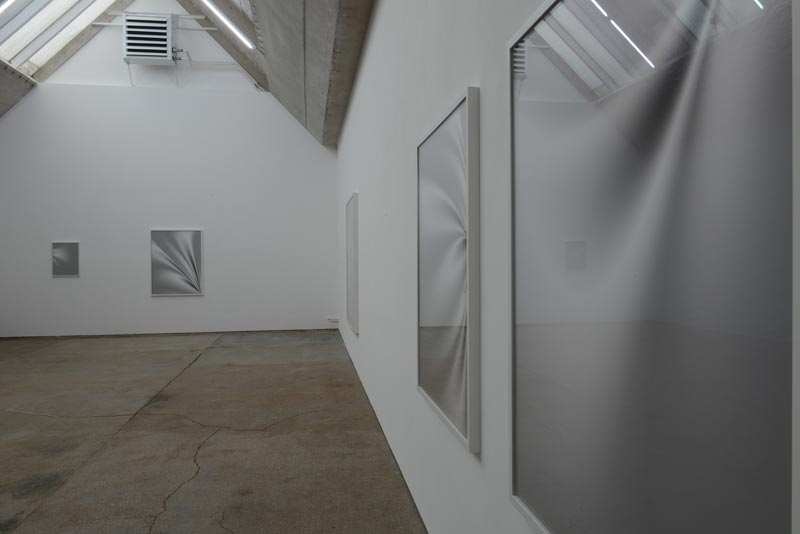
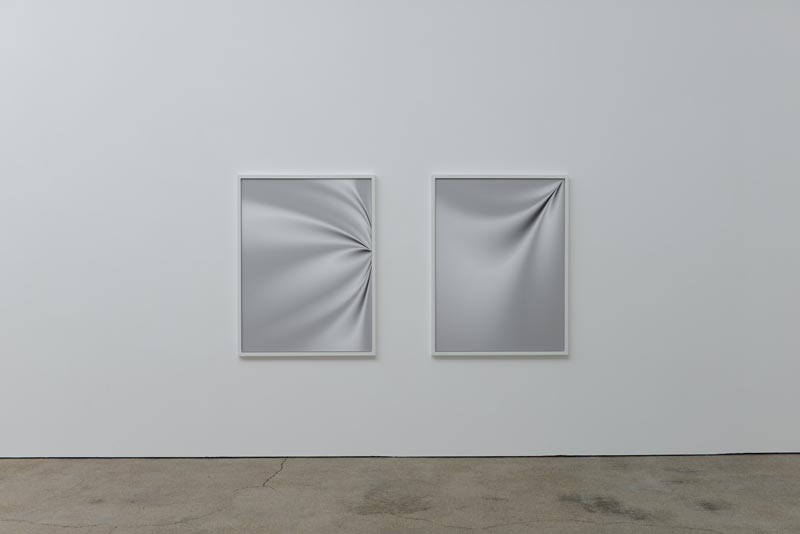

Archivable Ink-jet print, frame, museum glass, 6+2 AP
120 x 90 cm
Fotos Eno Henze
Installationviews Hengesbach Gallery, 2013
